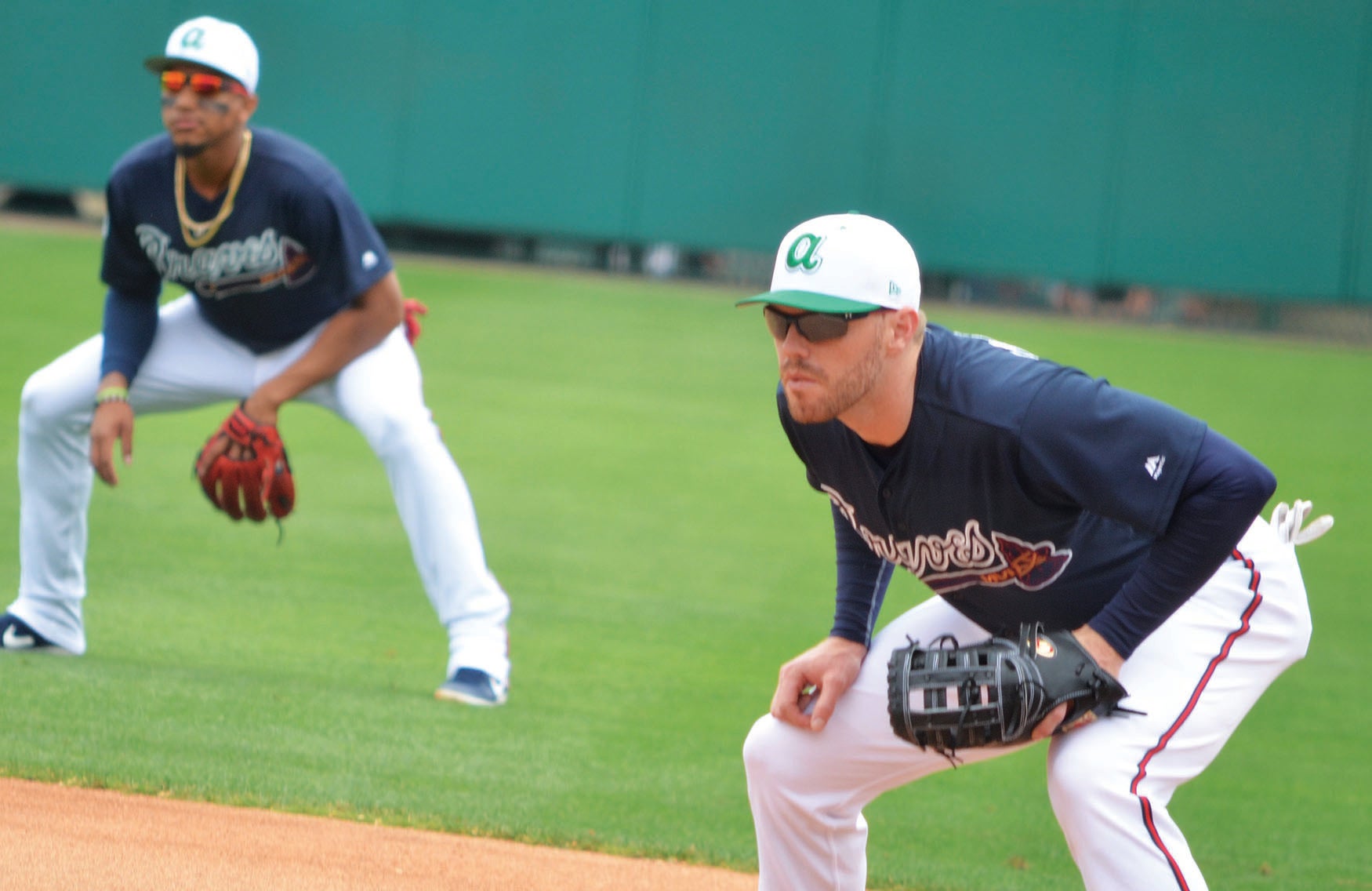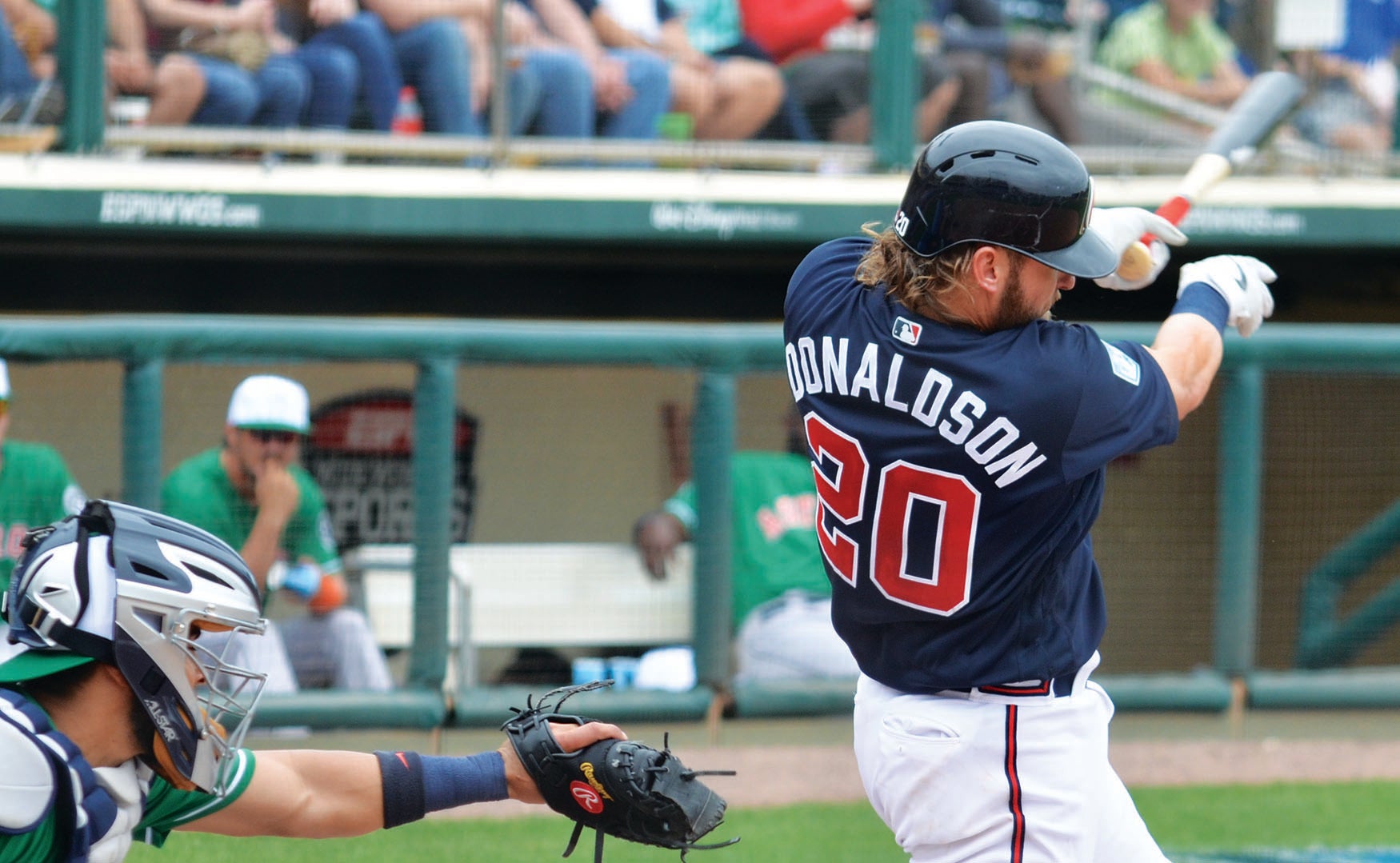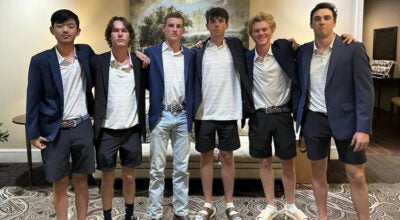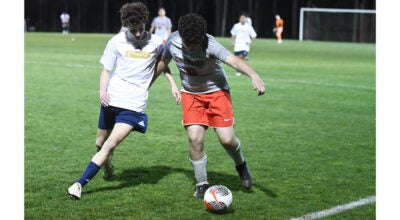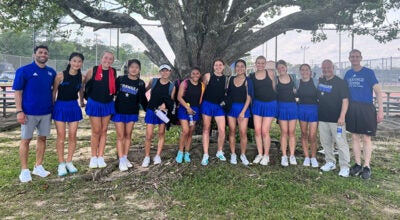Braves are flying high
Published 9:47 am Sunday, July 7, 2019
By KEVIN ECKLEBERRY
Daily News
We’d become spoiled.
From that magical 1991 season through 2013, the Atlanta Braves endured just three losing seasons, and they were in the playoffs 17 times during that 23-year stretch.
After going through a bit of a down-turn during the late 2000s, the Braves had five straight winning seasons beginning in 2009, and in 2013 they won 96 games and captured their first division crown since 2005.
All, or so it seemed, was right in Braves’ country.
As Braves’ fans we expected, and those expectations were nearly always fulfilled, that the team would be among the best in baseball.
Then came 2014.
Despite a roster that was mostly the same from the previous year, the Braves wilted in the second half of the season and finished 79-83.
A team that had shown such promise during that 96-win season now appeared to be composed of over-priced players whose best days were behind them.
This was a team of Andrelton Simmons, Justin Upton, Melvin (then B.J.) Upton, Chris Johnson, Dan Uggla, Jason Heyward and Ervin Santana, players who history now tells us had already peaked by the time that 2014 season came around.
Many of the players on that team had long-term, unhealthy contracts, which for a franchise without an extravagant payroll was bad news.
So after that disappointing 2014 season, the decision-makers had to lay in a course, to decide what direction the franchise was going to go.
The Braves could have gone with the status quo and rolled into the 2015 season with basically the same team and hoped they could recapture the magic from 2013.
Or, they could start over, and undertake a massive rebuilding process, knowing it could be years before the team was ready to compete at a high level again.
With former general manager John Schuerholz once again pulling the strings, the Braves tore it apart.
General manager Frank Wren was shown the door, and John Hart and John Coppolella were brought in to reshape the franchise.
As Schuerholz put it last summer, it wasn’t so much a change of directions as it was a decision to go back and do things the “Braves’ way.”
“It wasn’t a new direction,” said Schuerholz, who put together those memorable teams in the 90s. “It was the traditional direction we had traveled as an organization. To build our organization and sustain our organization using homegrown players. We got away from that during one of the regimes that was running the baseball operations department. Their eye was off the ball, pun intended, but that’s what happened.”
The Braves started over.
Over the next few years, the Braves traded away nearly every one of their high-profile players, including the Upton brothers, Jason Heyward, Craig Kimbrel (that one hurt), Shelby Miller and Evan Gattis.
The one player the Braves held on to was Freddie Freeman, who unlike so many of his teammates appeared to have plenty of serviceable years ahead of him.
In return for those trades, the Braves restocked a farm system that was in poor shape, and they also drafted some players (Ronald Acuna, Jr., Ozzie Albies, Austin Riley and Mike Soroka among them) they hoped would be ready to contribute to the big-league club in a few years.
Not surprisingly, the Braves struggled after 2014.
From 2015 to 2017 the Braves lost 278 games, but they never wavered from the game plan.
A few veterans including Nick Markasis were brought in to bridge the gap, and that kept the Braves from being utterly unwatchable during those years.
One by one the young players made their arrival.
In 2017, Dansby Swanson (part of the Shelby Miller trade) made his big-league debut, as did left-handed pitchers Sean Newcomb and Max Fried.
That set the stage for 2018, when the plan Schuerholz put into place following the 2014 season came to fruition.
Ronald Acuna Jr., Ozzie Albies and Johan Camargo each made their big-league debuts, while Swanson settled in as the every-day shortstop.
Newcomb (part of the Andrelton Simmons trade) and Mike Foltynewicz (part of the Evan Gattis trade) were anchors in the rotation while combining for 25 wins.
The Braves went 90-72 and won a division title before falling to the Dodgers in the first round of the playoffs.
The plan, which appeared inordinately risky at the time, came together in beautiful fashion thanks to a combination of savvy trades, impeccable scouting when it came to making draft picks, and some astute free-agent signings.
The rebuild appeared to be done, but there was the possibility the Braves were a one-year wonder.
Could they do it again?
Considering they’ll head into the all-star break leading the division and have the second-best record in the National League behind the powerful Dodgers, it appears safe to say the Braves are back.
So what makes this team so formidable, and gives Braves’ fans (this one included) the hope that the first playoff victory since 2001 could be on the horizon?
Let’s start with the offense.
These aren’t the 90s Braves.
Those teams, remember, were built on pitching, with future Hall of Famers Tom Glavine, John Smoltz and Greg Maddux leading the way.
These Braves are getting it done with a lineup that smothers and obliterates opposing pitchers, particularly late in games when it’s a battle of bullpens.
From one to eight, the Braves are bludgeoning the baseball.
Is there a more dangerous leadoff hitter in the game than Ronald Acuna Jr., and you follow him with Dansby Swanson who has had a breakout season.
Number three hitter Freddie Freeman is having an MVP-caliber season, and Josh Donaldson is earning every bit of his high-dollar salary as the cleanup hitter.
Nick Markasis is steady as always in the five hole, and Austin Riley, a building block of the rebuild, has been a marvel in the six spot in the order.
The dynamic Ozzie Albies hits seventh (and what a luxury that is to have somebody like that toward the bottom of the order), and either Brian McCann or Tyler Flowers has been effective with the bat.
The Braves hit for average and power, and because there are no weak links in the lineup, opposing pitchers don’t get a break.
That explosive offense also means the Braves are never out of a game.
No deficit, it seems, is too great for the Braves to overcome, as they’ve shown over and over again this season.
The Braves also have an impressive cadre of role players, including Johan Comargo, big-play Charlie Culberson and Matt Joyce, and the bench will only be strengthened when Ender Inciarte returns from injury.
The pitching won’t remind anyone of those other-worldly staffs from the 90s, but it has been good enough.
Rookie Mike Soroka has been a marvel, Max Fried has been solid, Julio Teheran has been OK, and newcomer Dallas Keuchel is getting better every time out.
If Mike Foltynewicz can find his way out of the wilderness and become the pitcher he was a year ago, it will be a fairly formidable rotation.
Despite the late-inning issues the Braves have had, the bullpen has been respectable, and Luke Jackson looks like he may be settling into the closer’s role.
Something that can’t be measured by stats is how much fun the Braves are having.
As much as I appreciate the professionalism of those 90s teams, there’s something refreshing about seeing a group of men out there enjoying the game.
They’re just a bunch of guys playing, smiling, and having a blast, and you have to believe that contributes to their success.
So here we are, approaching the all-star break, and all appears right in Braves Country.
There’s a long way to go with almost half a season to play, and anything can still happen, but it’s hard not to be bullish on the Braves’ prospects.
They’ve come a long way in a few years since the rebuild began, and it should be an enjoyable summer (and hopefully fall) at the ballpark.


